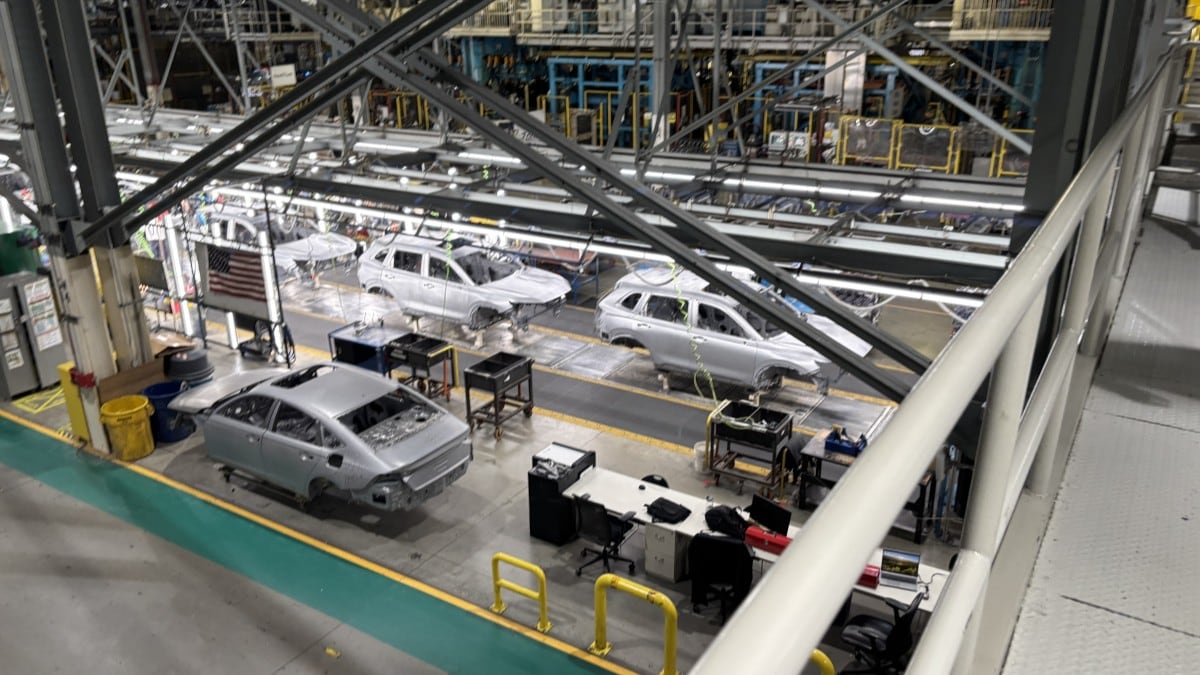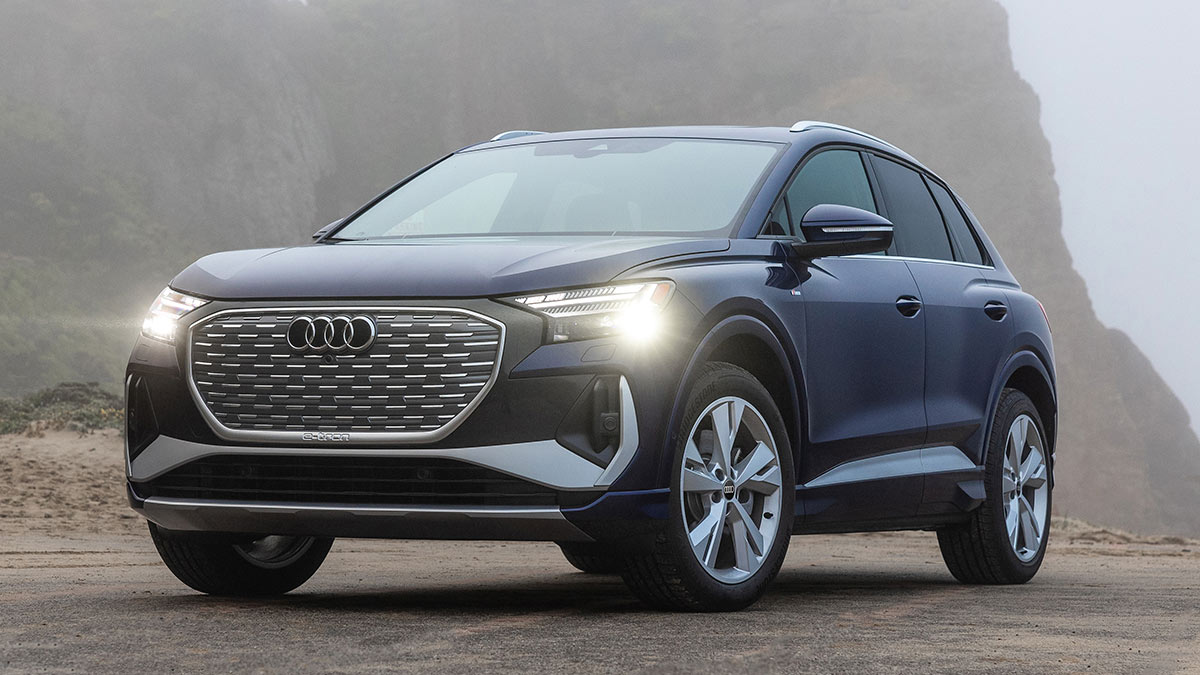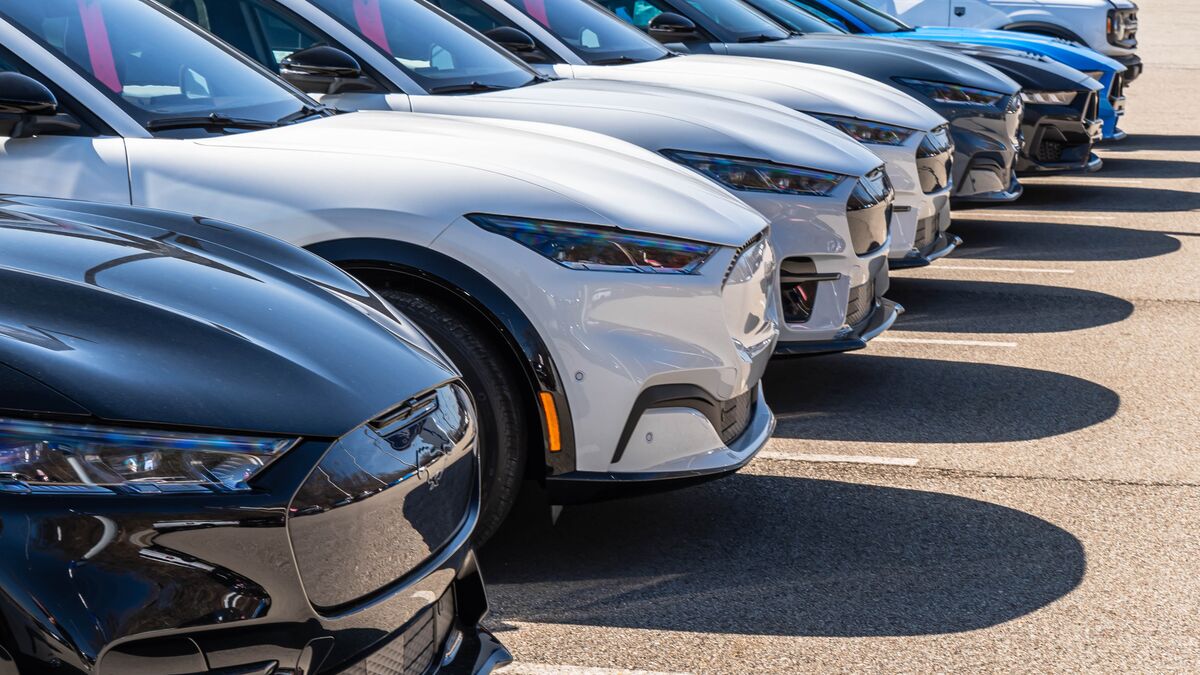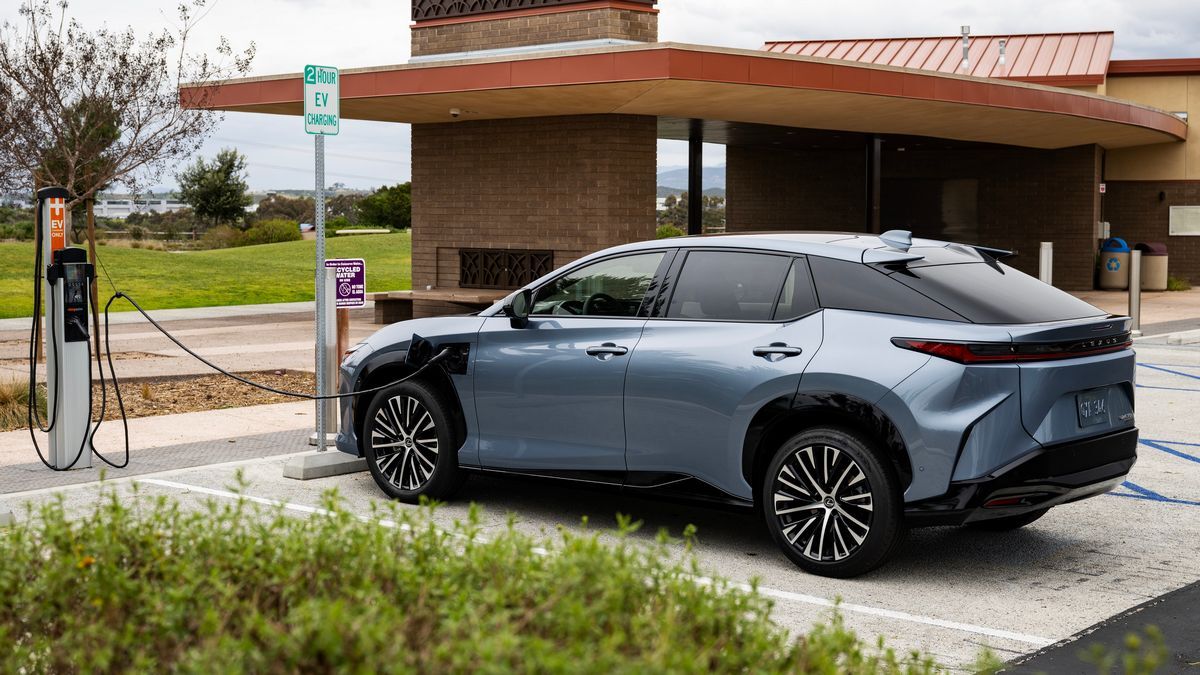Car factories are suddenly at the center of American political discourse again.
A new president is using tariff policy to entice automakers to build more cars in the U.S.
High-tech Chinese factories are churning out more cars than America or Japan can produce, steadily taking market share from American automakers globally.
And Congress is debating a bill that could slow electric car sales just as automakers have opened new electric vehicle (EV) factories in the U.S.
Politics, however, feels far away inside the birthplace of most Honda CR-V SUVs and Civic hatchbacks built in the U.S.
KBB toured the Indiana Auto Plant in Greensburg, Indiana, on an ordinary Friday in May, and found both a smooth operation and an illustration of how rough it could be to try to reshape one of America’s most important industries on the ground.
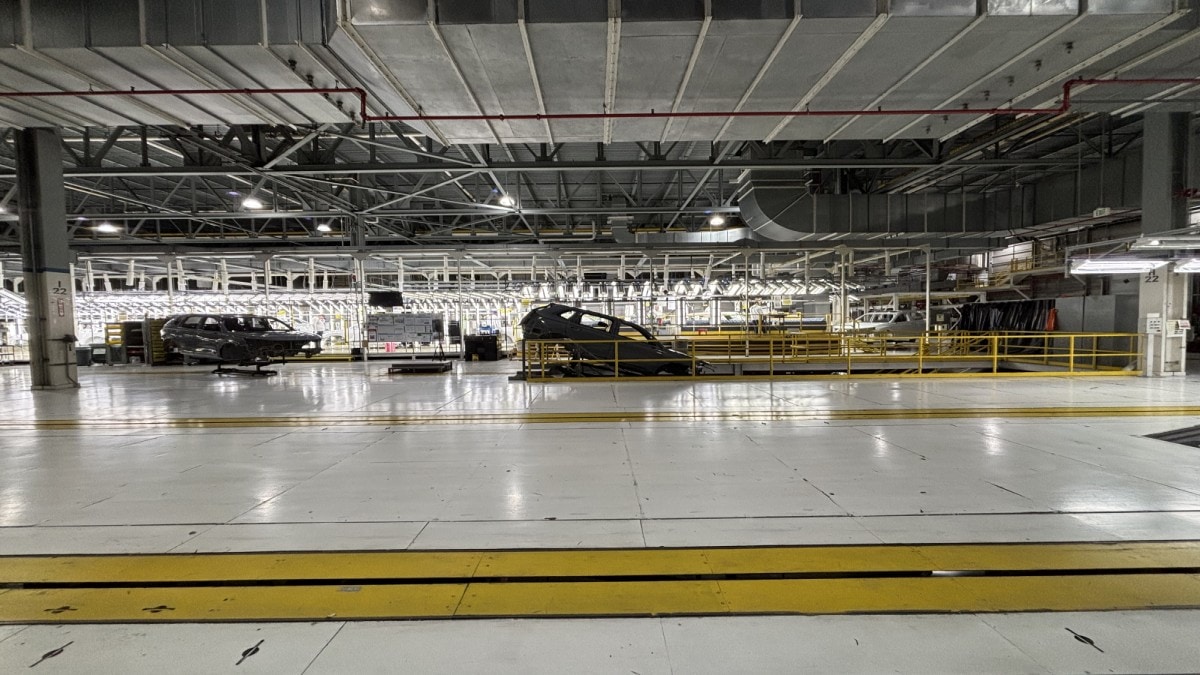
This Facility Has Been an Unwitting Political Football
Honda Manufacturing of Indiana (HMIN – they like their acronyms at this facility) is also known as the Indiana Auto Plant (IAP). It has been in the news frequently since President Trump first announced his tariff plan.
The White House announced in early March that Honda would build its next-generation Civic Hybrid in Indiana instead of Mexico. Honda immediately disputed the report, noting that it doesn’t build Civics in Mexico.
The issue only grew more complicated from there.
Honda has now announced that it will build some Civic Hybrids in Indiana instead of Japan, beginning later this year.
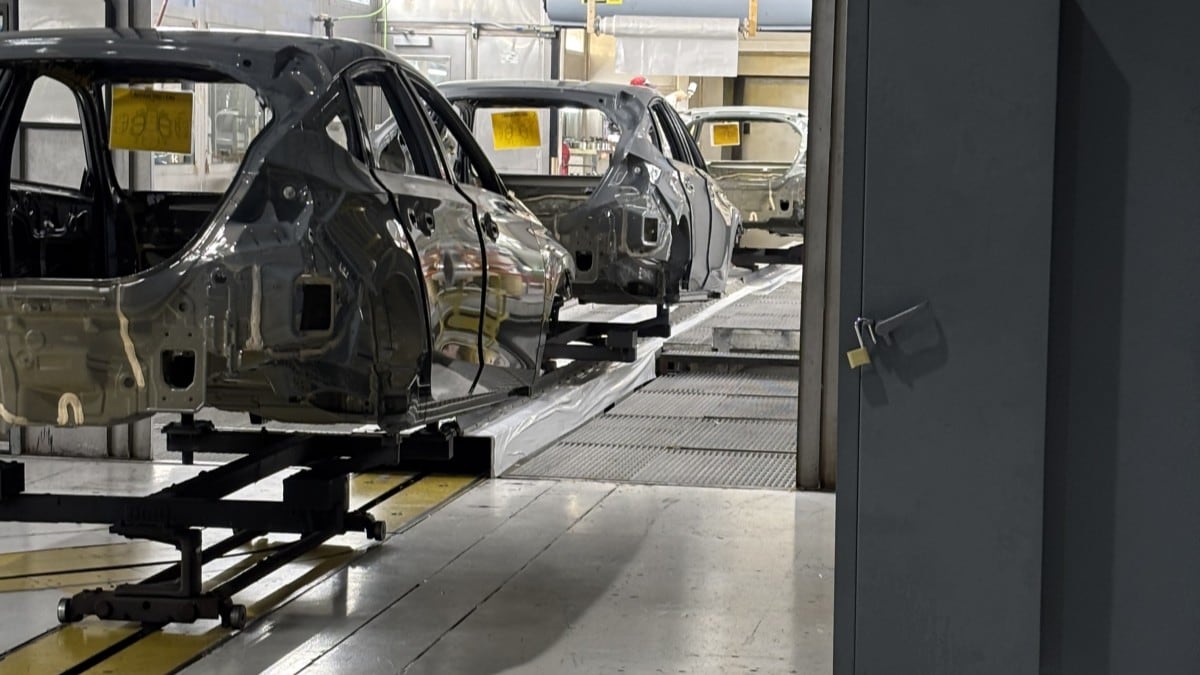
America’s Appetite for These Cars Outstrips One Factory
But the company can’t produce the Civic, one of the world’s best-selling sedans, in any one place. Honda operates factories in seven countries producing Civic variants.
The CR-V similarly comes from seven countries globally.
Many CR-V models sold in the U.S. originate in Greensburg, as do Civic hatchback models. But, even as the newest and most up-to-date Honda factory on the globe, IAP can produce about 250,000 cars a year.
“We fell under that figure by a small margin in 2024, only due to snow days,” explains plant lead Roxanna Metz.
Americans bought more than 45,000 CR-Vs and nearly 25,000 Civics in March alone. IAP couldn’t feed the U.S. market on its own.
Today, the factory runs three shifts but produces full cars for just two of them. Drew Crain, manufacturing planning and control lead, explains that the third shift is needed to produce spare parts for dealerships to use in repairs.
The painting process is also too time-consuming for three shifts, taking about 9.5 hours per car.
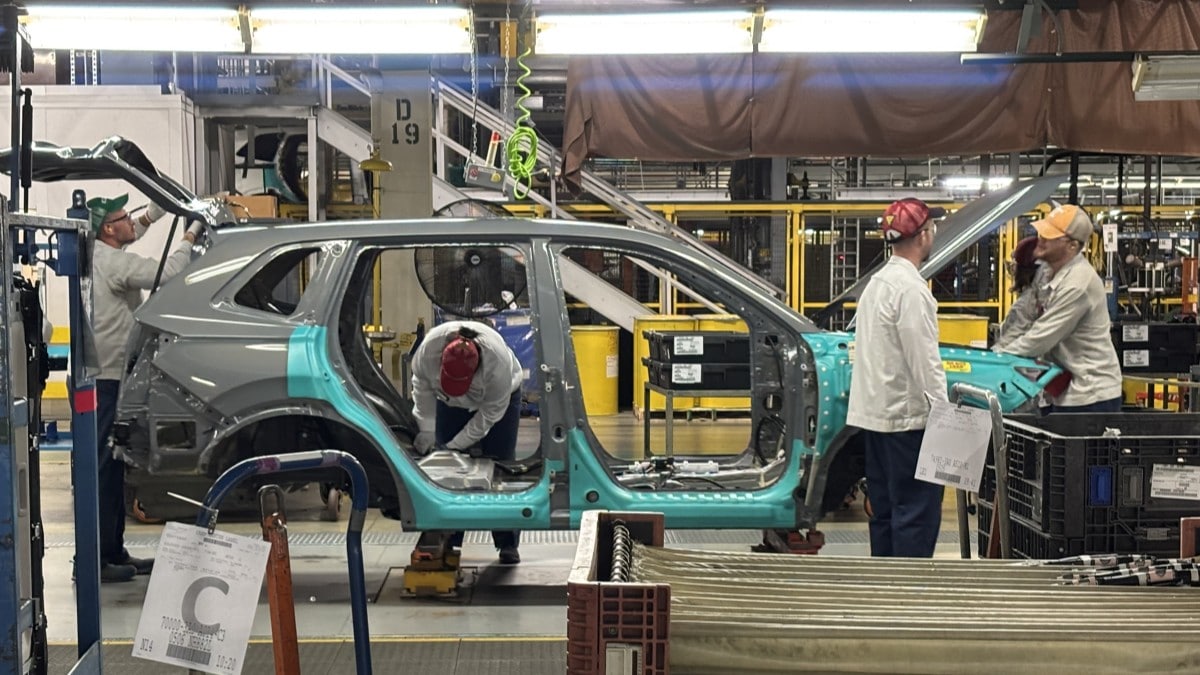
Some Functions Automated, Some Very Human
Stories out of China now speak of “dark factories,” so thoroughly automated that the lights don’t shine inside unless a human needs to enter to interrupt the line. IAP is more balanced.
The plant employs about 2,600 people, making it tiny Greensburg’s largest employer.
Some parts of the line are heavily automated.
“We operate 435 welding robots,” Crain explains. They build the unibody frame almost entirely without human input, in a section of the factory fenced off for safety.
Twenty-five plastics robots produce injection-molded parts like rear bumpers and instrument panels (“IPs,” as Crain would have it – they really like their acronyms).
Other sections of the factory, however, are very human. Human workers use a massive lift to install each engine. Others fit interior pieces and, crucially, perform quality checks.
The last few steps on the assembly line install sun visors, fill the air conditioner with refrigerant, and add gasoline to the tank. It’s then sprayed thoroughly with water in a “wet booth” and inspected for leaks.
As each car reaches the end of the line, a technician takes it for a drive.
Quality engineers take every car built at IAP around a short track. They drive across a washboard surface to check for rattles and squeaks, measure the stopping distance, and check that the headlights are correctly aimed.
Once per shift, they take a car around a longer track for more thorough testing. They engage park mode on a 45-degree slope, measure the ride height, accelerate past highway speed, and proceed through a series of sharp and long turns to evaluate the steering.
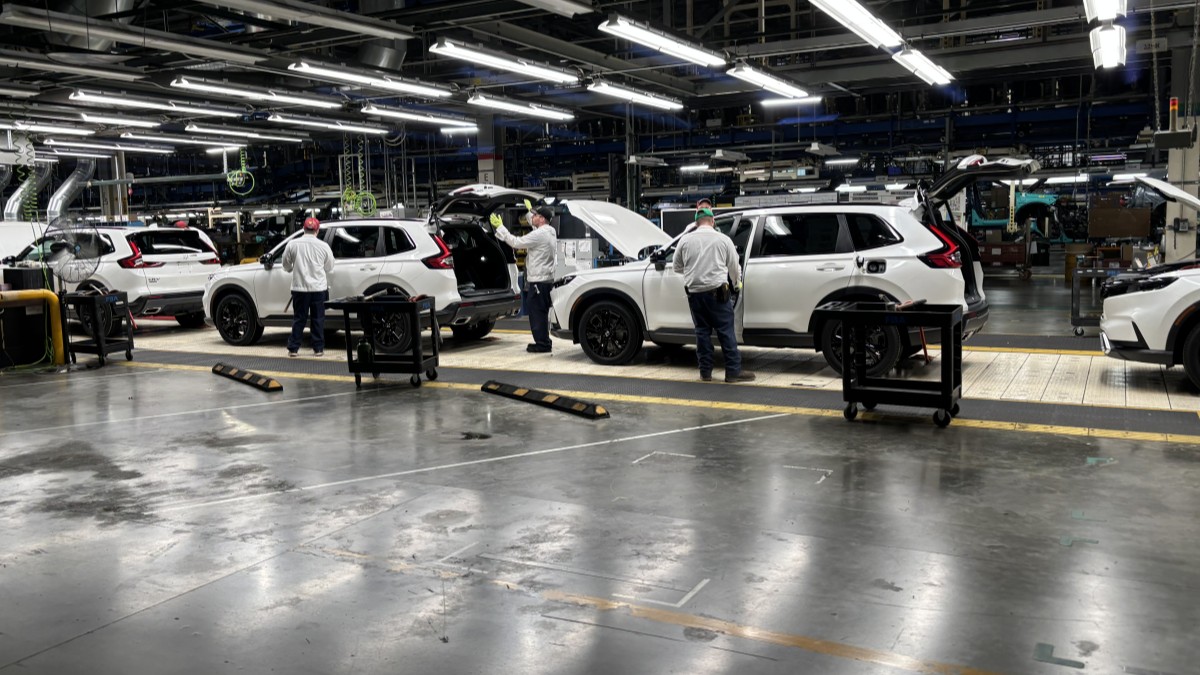
Just-in-Time – Efficient but Vulnerable to Supply Problems
Perhaps the most impressive part of the operation, however, is its receiving division.
Parts arrive via train and truck throughout the shift. The factory has no storage facility for backlogs of most of those parts. The entire facility operates on a just-in-time delivery model.
Four-cylinder engines from Honda’s Anna, Ohio, engine plant arrive throughout the day, are quickly unloaded, processed, and placed on the line to be lifted into cars.
“Everything is just-in-time. Engines are used the day they arrive,” Crain explains. The same is true of transmissions and hybrid batteries. Battery installation remains a trade secret, and the one part of the factory that KBB wasn’t allowed to witness.
There, batteries are installed “typically in just a 50-second cycle time,” according to Crain.
The speed is impressive, but it illustrates another tariff risk.
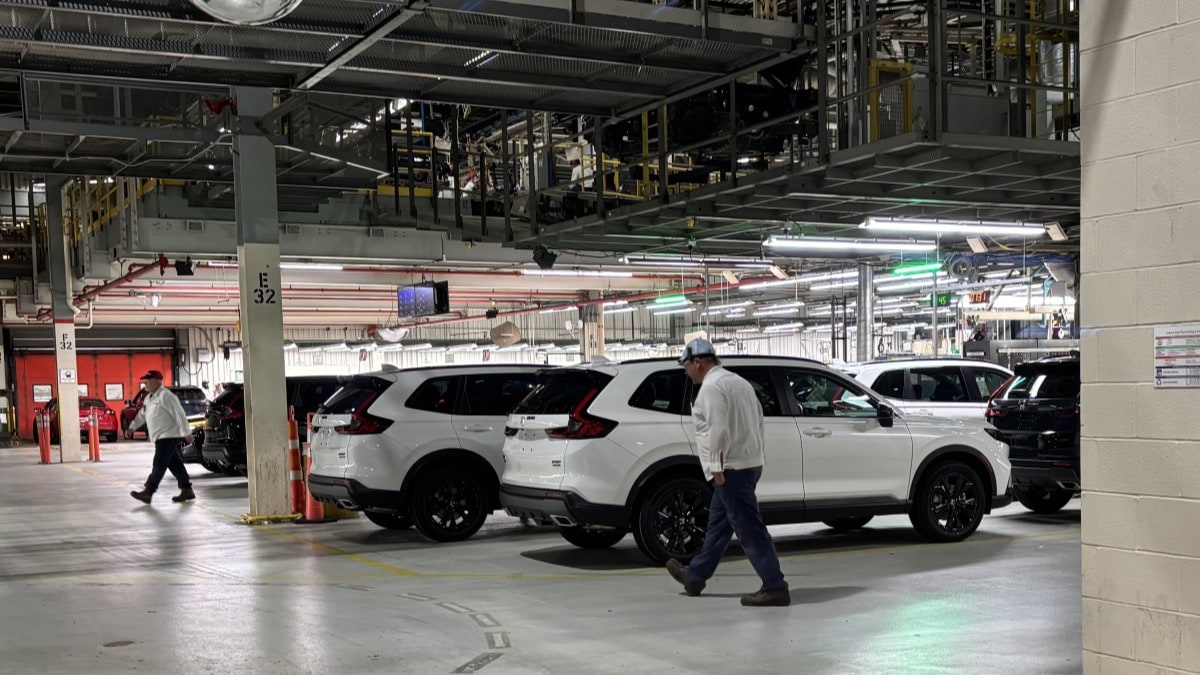
Honda didn’t provide details about where every car part comes from, but tracking them is a monumental task. Parts are made of parts. Engines assembled in Ohio might have engine blocks cast in Canada, fan blades machined in China, and wiring harnesses imported from Europe.
A tariff-related disruption anywhere along that chain could disrupt an intricately timed process.
The Indiana Auto Plant is Honda’s highest-capacity single-line plant on the globe, Metz says.
Inside, it feels crisp, efficient, and thorough. However, it also illustrates the immense challenge politicians face in trying to reshape the auto industry quickly through tariffs.
The factory is running at peak capacity now, and it is unable to take on more work without a massive construction investment.
It’s part of an intricately timed machine easily disrupted by supply chain problems. And it’s already partly automated, with hundreds of robots, meaning that any future expansion might provide fewer human jobs than politicians might imagine.
